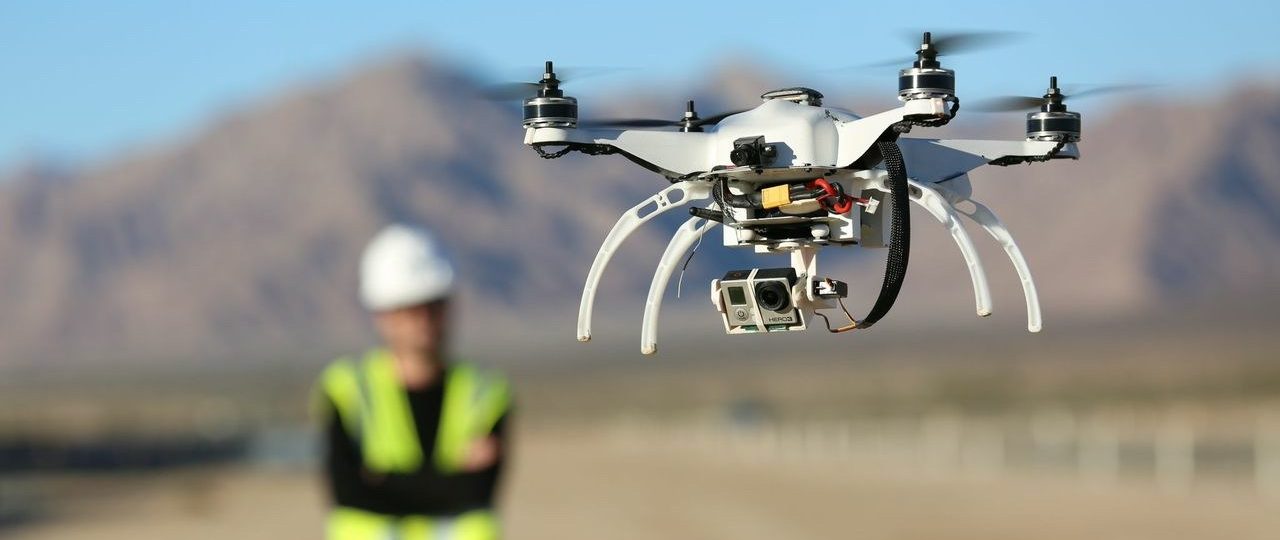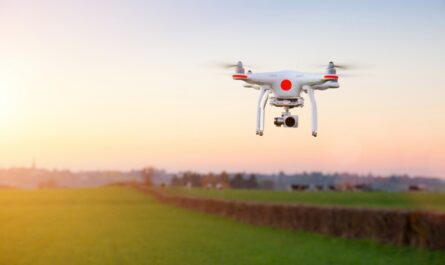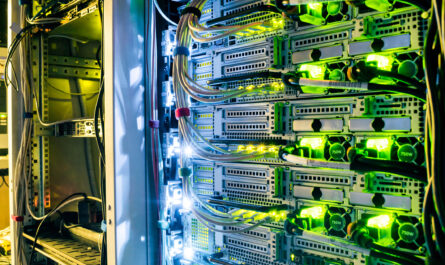Unmanned aerial vehicles, commonly known as drones, have transformed many industries in recent years. Originally developed for military applications, drones are now being utilized for a wide range of commercial, industrial and public services. One area that has seen significant growth is the use of drones for safety and security purposes. Lets examine how different organizations are leveraging drone technology to help keep citizens safe.
Emergency Response Drones
Many emergency response organizations have incorporated drones into their operations to enhance situational awareness and speed up responses. Drones equipped with cameras and other sensors allows first responders to quickly scan areas from the air. This helps locate people in need of assistance, assess dangerous situations and efficiently direct ground crews. Drones are playing a growing role in search and rescue missions, disaster response and assessing damage from events like fires, floods and storms. Their bird’s eye view provides crucial real-time information that can save lives. Many fire departments now use thermal imaging drones to detect hotspots and guide firefighters more effectively. Drones also help spot hazards for emergency crews entering dangerous areas. As the technology advances, drones will become even more integrated into emergency management systems.
Border Protection and Law Enforcement
Given their ability to monitor large areas from above, Safety and Security Drones are a useful tool for border control and law enforcement agencies. Customs and border protection units in several countries actively deploy drones along national borders. Their advanced cameras and sensors allow stations to continuously scan border regions for illegal crossing attempts and smuggling activities. This helps border forces deploy ground teams faster to intercept threats. Similarly, many police departments now use drones for missions like searching for missing persons, monitoring protests and large crowds, and surveilling dangerous areas during standoffs or hostage situations. Drones assist tactical response teams by transmitting live footage of unfolding scenarios to command centers. Some law enforcement drones are also equipped with infrared cameras, loudspeakers and spotlighting to aid night operations.
Wildlife Conservation and Forest Fire Monitoring
Environment and wildlife agencies have found drones beneficial for monitoring remote natural areas. Drones carrying specialized cameras have helped anti-poaching units in Africa spot illegal hunting activity in nature reserves spread over thousands of square miles. This has enabled faster response times to intercept poachers. Similarly, forest and wildlife services employ drones for tasks like counting animal populations, tracking migratory patterns and spotting encroachments in protected zones. Drones also assist forest fire agencies in detecting new wildfires quickly thanks to specialized cameras capable of detecting even tiny smoke plumes. They help map fire progress and guide ground crews, saving precious time in containing blazes before they spread out of control. Ongoing research is exploring drones that can autonomously monitor forests for fires 24/7 without need for pilots.
Critical Infrastructure Inspection
Monitoring the safety and integrity of vast infrastructure networks requires round-the-clock vigilance. Drones are ideal for routine inspections of long stretches of highways, roads, bridges, power lines, gas and oil pipelines where traditional methods may involve significant manpower and costs. Drones equipped with high-resolution cameras and thermal sensors can systematically scan infrastructure for defects, cracks, leaks or other issues from above in a fraction of the time. They identify trouble spots for targeted ground investigation and expedite repairs. Drones are playing a huge role in inspecting infrastructure in isolated and difficult to access areas like along coastlines or mountain regions. Their AI and computer vision capabilities are being improved to automatically detect anomalies during inspections.
Public Events and Crowd Monitoring
Major public events often require heightened security through close monitoring. Drones with powerful cameras enable event authorities and law enforcement to easily watch over large crowds and constantly scan for threats. Recent years have seen increased drone deployment for marquee events like parades, sport tournaments, concerts and political gatherings. Despite privacy concerns, drones are able to track the full movement of attendees while also identifying isolated individuals whose behaviour may cause concern. They aid evacuation procedures in emergencies while continuously updating command centers of the latest situation. During calamities, drones are launched to provide life-saving coordination for first responders through real-time aerial footage. Drones ensure precious security and response resources are efficiently directed as needed.
Coastal Surveillance
Maritime security is crucial for coastal nations given potential threats like terrorism, smuggling and environmental disasters. Drones equipped with optical and infrared cameras allow round-the-clock monitoring of shorelines, beaches and territorial waters. They are an effective tool for coast guards to spot and intercept suspicious vessels engaged in illicit activities. Drones help detect distress signals during emergencies at sea, guide search and rescue efforts and assist with oil spill mapping and cleanup. Additionally, they monitor issues like coastal erosion, illegal waste dumping, encroachments and wildlife activity along fragile shorelines. Drones complement existing coastal security systems with their agility, endurance and responsive communication capabilities. On the rise are autonomous drone fleets specially designed for extended coastal patrolling.
Urban Planning and Traffic Management
City administrators employ drones to support civic functions like urban planning, infrastructure work and traffic monitoring. From surveying building construction to inspecting bridges and tunnels, drones capture high-quality aerial imagery and depth maps over short project timelines. They assist with tasks like crowdsourced 3D city modelling, property survey beyond manned aircraft limits and quick damage assessment post-disasters. In traffic management, drones monitor busy arterial roads for congestion hotspots, vehicle pileups and other disruptions. This helps devise better road designs and traffic rerouting strategies. Drone-based video analytics also aid automatic number plate reading, speed enforcement and gathering vehicular movement insights. Some countries have traffic drones permanently deployed during peak hours to assist ground control rooms.
Future Possibilities
As autonomous drone systems emerge, their safety and security applications will evolve greatly. Instead of human-piloted drones, future scenarios may involve coordinated drone swarms directed through artificial intelligence. Swarm technology would enable round-the-clock patrolling of large, inaccessible areas. Advanced computer vision, sensors and navigation will make drones capable of fully-autonomous monitoring and distress response. Miniature, quiet drones may discreetly monitor indoor spaces for hazards. Instead of using drones only reactively, predictive public safety models combining real-time drone data with other sources could identify looming issues upstream for targeted prevention. Long-range, drone taxis may provide emergency transportation over rugged terrains. Overall, drones will further augment human capabilities by assuming more of the dull, dirty and dangerous monitoring work – ensuring citizens safety through constant aerial vigilance.
*Note:
1. Source: Coherent Market Insights, Public sources, Desk research
2. We have leveraged AI tools to mine information and compile it



